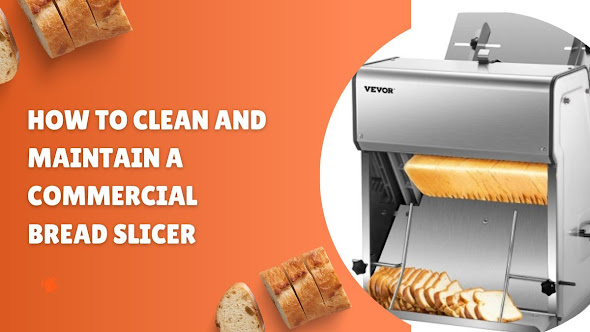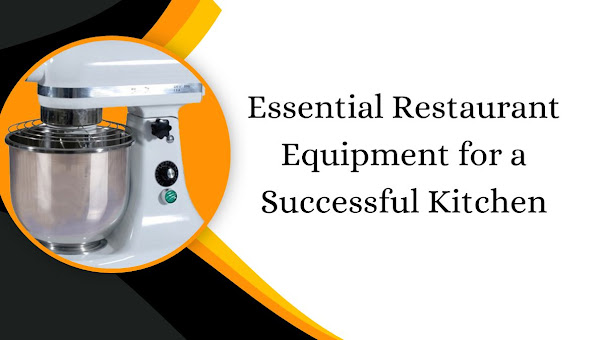How to Clean and Maintain a Commercial Bread Slicer
A commercial bread slicer is an essential tool for bakeries and food establishments that deal with large quantities of bread. To ensure its efficient performance and longevity, regular cleaning and maintenance are crucial. By following a few simple steps, you can keep your commercial bread slicer in top condition, maintain hygiene standards, and extend its lifespan. In this blog, we will guide you through the process of cleaning and maintaining a commercial bread slicer, providing you with valuable tips to streamline your operations and ensure the best results.
Safety Precautions:
Before you start cleaning your commercial bread slicer, it's essential to prioritize safety. Ensure the machine is turned off and unplugged to prevent any accidents. Wear appropriate protective gear, such as gloves and safety goggles, to safeguard yourself from sharp edges or cleaning agents. Familiarize yourself with the manufacturer's instructions for your specific bread slicer model, as there may be unique considerations. By taking these precautions, you create a secure environment to work in.
Disassembly and Preparation:
Begin by carefully disassembling the bread slicer. Remove any removable parts, such as the blade, blade guard, and crumb tray. Check the manufacturer's manual for specific instructions on disassembly, as the process may vary across models. Thoroughly clean each part individually, as this will ensure a comprehensive cleaning.
Prepare a cleaning solution by mixing warm water and a mild detergent. Avoid using harsh chemicals or abrasive cleaners that could damage the slicer. Gently wipe down the machine's exterior surfaces, removing any crumbs or debris.
Cleaning the Parts:
Clean the blade and blade guard separately by soaking them in the cleaning solution for a few minutes. Use a soft brush or sponge to scrub away any residue, being mindful of sharp edges. Rinse thoroughly with clean water and allow the parts to air dry before reassembling.
Clean the crumb tray by removing any leftover crumbs or debris. Wash it with warm, soapy water, rinse, and let it dry completely.
For the machine's interior, use a brush or vacuum cleaner attachment to remove any remaining crumbs or particles. Pay special attention to hard-to-reach areas and corners.
Reassembly and Lubrication:
Once all the parts are clean and dry, reassemble the bread slicer according to the manufacturer's instructions. Ensure that everything is securely in place and functioning correctly.
Periodically lubricate the moving parts of the bread slicer as recommended by the manufacturer. This step will help maintain smooth operation and prevent unnecessary wear and tear.
Regular Maintenance and Inspection:
Implement a regular maintenance schedule to keep your commercial bread slicer running smoothly. Inspect the machine for any signs of wear, such as loose bolts, frayed wires, or damaged components. Address any issues promptly to prevent further damage and maintain optimal performance.
Keep the bread slicer's blades sharp by sharpening or replacing them when necessary. Dull blades can result in uneven slicing and may strain the machine.
Conclusion:
Cleaning and maintaining a commercial bread slicer is vital for ensuring its efficiency, longevity, and compliance with hygiene standards. By following the steps outlined in this blog, you can keep your bread slicer in excellent condition. Remember to prioritize safety, disassemble the machine properly, clean each part thoroughly, and reassemble it correctly. Regular maintenance and inspections are essential to catch any issues early on. By investing time and effort into proper cleaning and maintenance, you can extend the lifespan of your Restaurant equipment and ensure consistent, quality slices of bread for your customers.




Comments
Post a Comment